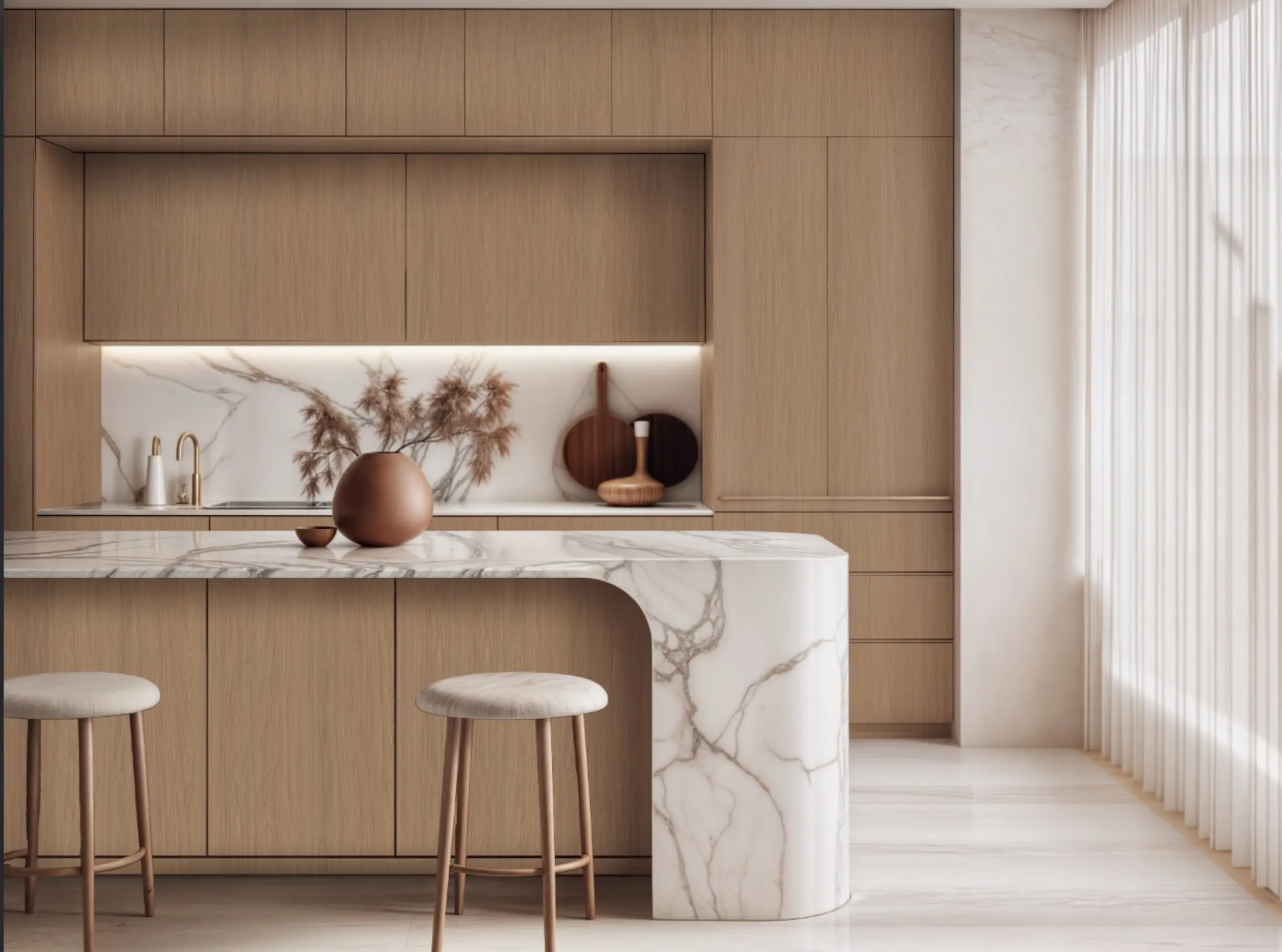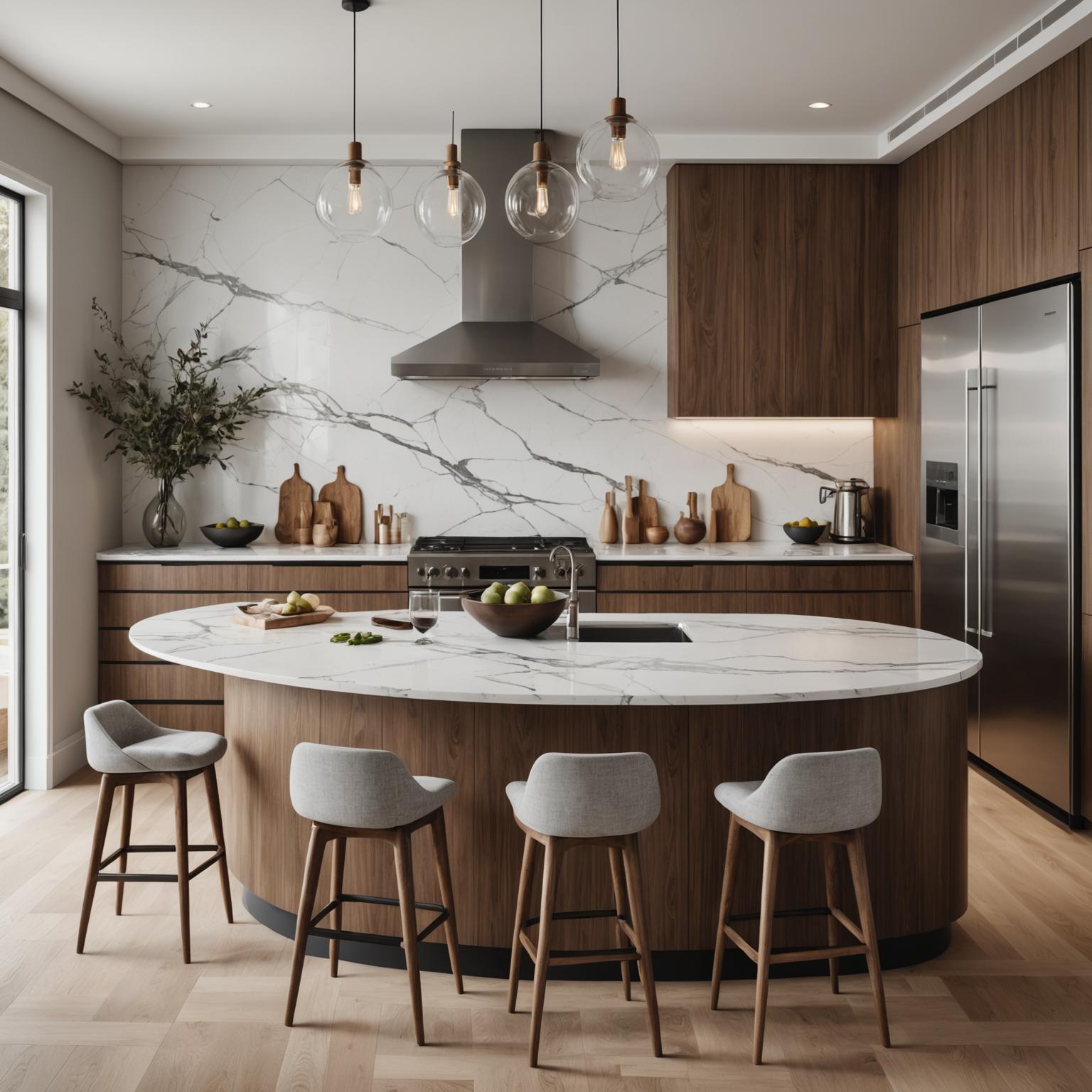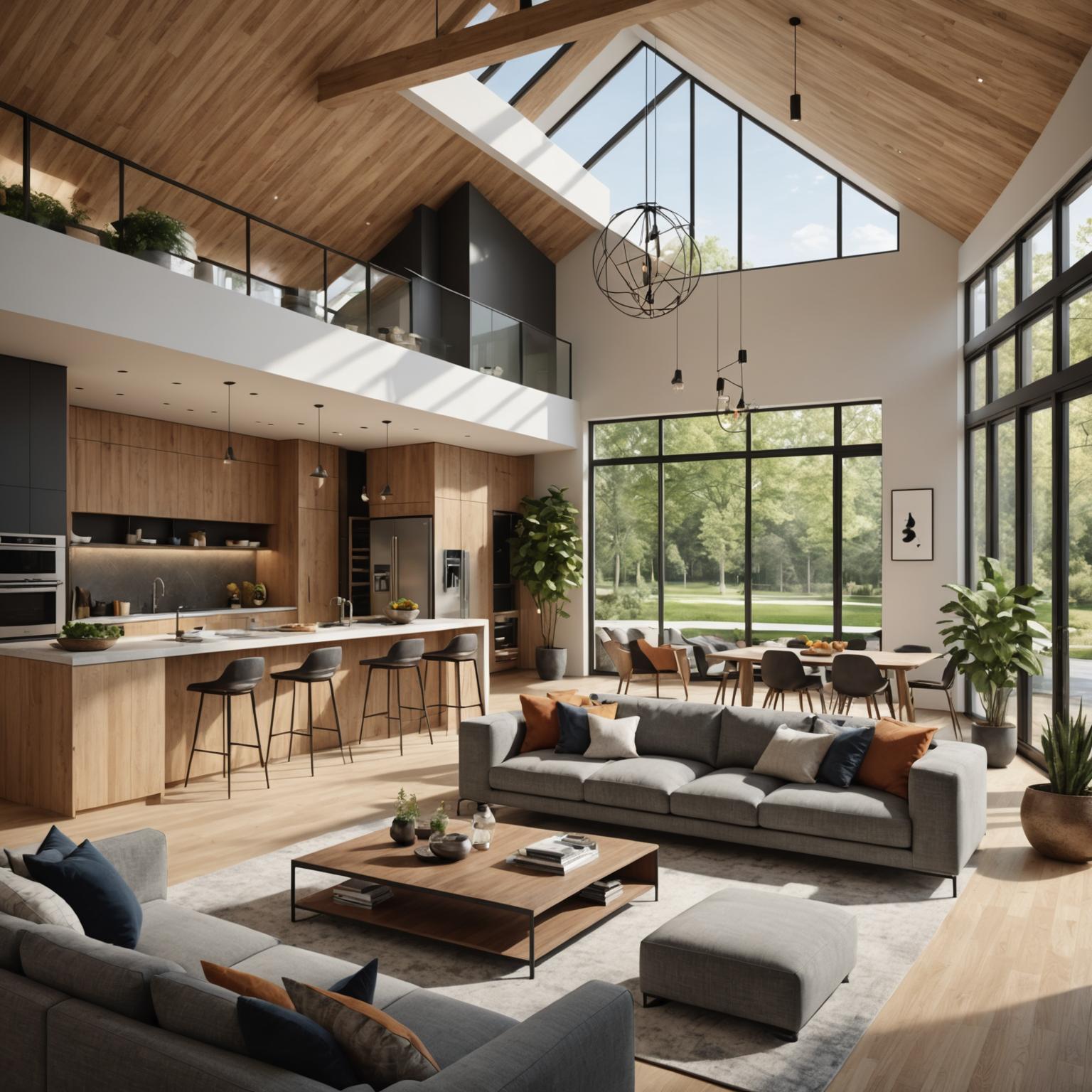In the ever-evolving world of interior design, professionals and homeowners alike are constantly seeking innovative solutions that blend aesthetics, functionality, and cost-effectiveness. One of the most transformative products to emerge in recent years is the Architectural Wrap. This versatile material is revolutionizing how we approach renovations and interior finishing, offering a way to completely rejuvenate a space without the extensive demolition, downtime, and high costs associated with traditional methods. From residential kitchens to bustling commercial environments, these advanced films provide an unparalleled opportunity to achieve high-end looks with remarkable efficiency, making sophisticated design more accessible than ever before.
Understanding Architectural Wrap
At its core, an architectural wrap is a high-performance, self-adhesive vinyl film designed to realistically replicate the appearance and often the texture of natural materials. Think of it as a durable, conformable skin that can be applied to a wide variety of surfaces, including walls, doors, cabinetry, countertops, and furniture. The technology behind these films is incredibly advanced. Manufacturers utilize cutting-edge processes like rotogravure printing to achieve stunningly realistic patterns, such as the intricate veining of natural marble or the rich grain of timber. Furthermore, advanced embossing techniques can create lifelike textures that mimic the feel of wood, stone, or leather, fooling even the most discerning eye. This isn't your average peel-and-stick decorative paper; it is an engineered solution designed for longevity and performance, providing a seamless finish that breathes new life into existing structures.
Unlocking Limitless Design Possibilities
The greatest strength of these wraps lies in their incredible design versatility. They empower designers to break free from the constraints of traditional materials. Imagine a modern kitchen where a stunning waterfall island is covered in a film that perfectly emulates the opulent beauty of natural marble. The veining is striking, and the finish is seamless, wrapping flawlessly around the curves and contours—a feat that would be prohibitively expensive and complex with a real stone slab. Complementing this, the surrounding cabinetry can be finished with a warm, wood-effect vinyl film that captures the tactile richness of timber. This combination of stone and wood aesthetics creates a harmonious, contemporary space that feels both luxurious and inviting. The possibilities extend far beyond wood and stone; architectural films are available in thousands of finishes, including brushed metals, sleek carbon fiber, industrial concrete, rich leathers, and a vast spectrum of solid colors, enabling the creation of truly bespoke interiors.
More Than Just a Pretty Surface: The Functional Benefits
While the visual impact is undeniable, the practical advantages of architectural films are just as compelling. These materials are engineered for durability and performance, especially in high-use areas. Modern vinyl films are wear-resistant, scratch-resistant, and easy to clean, making them an ideal choice for kitchen cabinets, hotel lobbies, and office furniture. Many are also moisture-resistant, which allows for their application in bathrooms and other damp environments. A key functional benefit is the ease and cleanliness of installation. Instead of a messy and disruptive renovation involving dust, debris, and noise, applying a wrap is a quiet, clean, and fast process. This means less downtime for businesses and less inconvenience for homeowners. A skilled installer can transform a room in a fraction of the time it would take for a conventional remodel, delivering a refreshed space that is ready for use almost immediately.
A Commitment to Sustainable Sophistication
In an era of increasing environmental awareness, architectural wraps present a remarkably sustainable choice for interior projects. Their primary contribution to eco-friendliness comes from upcycling. By resurfacing and covering existing fixtures and furniture, these films divert a massive amount of waste from landfills. Instead of tearing out and replacing perfectly functional but dated kitchen cabinets or office desks, you can give them a completely new look, extending their useful life for many more years. Furthermore, leading manufacturers are prioritizing green technology in their production processes. The adoption of water-based Pressure-Sensitive Adhesive (PSA) technology, for instance, reduces the environmental impact compared to older, solvent-based adhesives. Many of these products are also non-toxic and low in volatile organic compounds (VOCs), contributing to healthier indoor air quality for both residential and commercial spaces.
Transforming Spaces: From Homes to Commercial Hubs
The application of these versatile films spans nearly every sector. In residential spaces, they are used to update kitchens, modernize bathrooms, create accent walls, and refurbish furniture. The ability to achieve a designer look on a budget makes them a favorite among home renovators. In the commercial world, the applications are even broader. Hotels use wraps to keep their interiors looking fresh and modern without disrupting guests. Retail stores can quickly and efficiently update their displays, counters, and branding. Offices can revitalize desks, partitions, and common areas to create a more dynamic and engaging work environment. Even specialized venues like exhibition displays benefit from the quick, impactful, and non-permanent design changes that wraps allow. For furniture factories, these films offer a way to expand their product lines with new finishes without investing in new, expensive raw materials.
The Future of Interior Finishing
Architectural Wrap has firmly established itself as more than just a fleeting trend; it is a fundamental shift in how we think about interior finishing and design. It offers a powerful combination of aesthetic freedom, tangible functional benefits, cost-efficiency, and environmental responsibility that traditional materials often cannot match. By leveraging cutting-edge technology to deliver beauty, practicality, and sustainability, these films are redefining the boundaries of what is possible in interior architecture. Whether for a small residential refresh or a large-scale commercial renovation, these innovative surface solutions provide the tools to create stunning, sophisticated spaces with unmatched efficiency and style.



